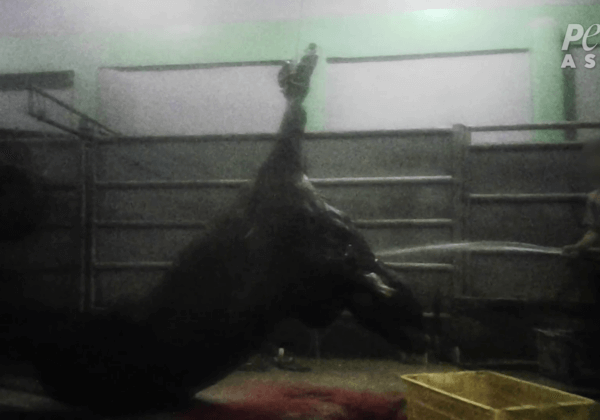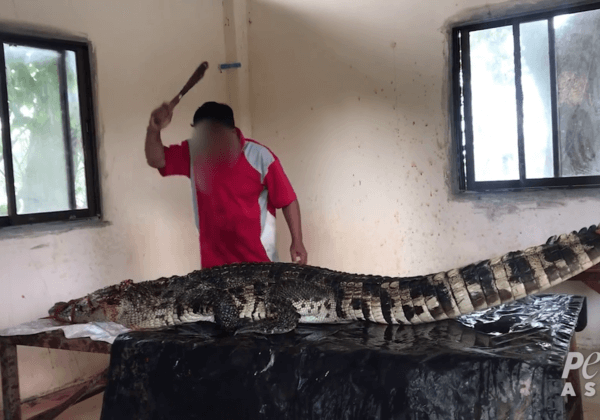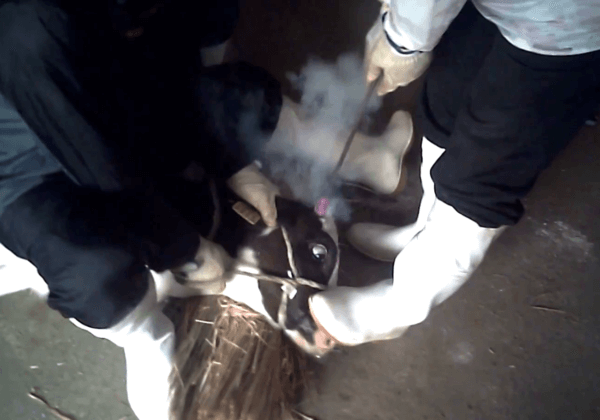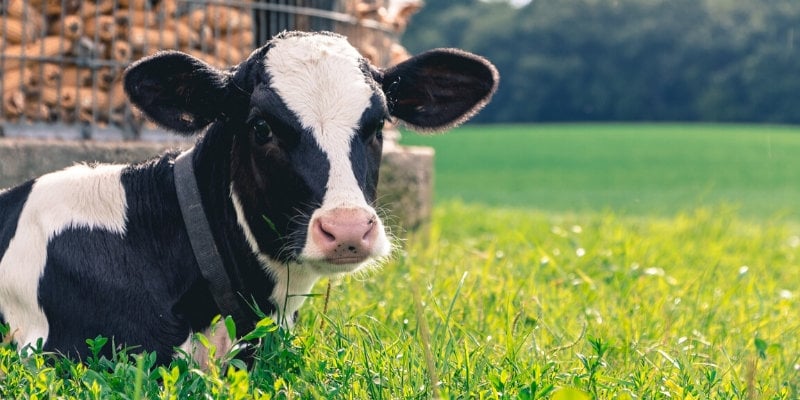Is the Meat Industry Fueling the Record-Breaking Amazon Rainforest Fires?
Why has the largest rainforest on Earth—the Amazon—experienced record-breaking fires for more than three weeks? As the hashtag #PrayForAmazon continues to trend on Twitter, we should address the leading culprit in global deforestation: animal agriculture.
The Amazon rainforest has been burning for weeks at a record rate – adding to an already alarming level of deforestation.
Read more here: https://t.co/TT10BEnftt pic.twitter.com/03D62qEyVV
— Al Jazeera English (@AJEnglish) August 21, 2019
In less than a week, Brazil’s space research center INPE recorded more than 9,500 new fires, with the majority clustered inside the Amazonian basin. This region contains the largest rainforest in the world, and experts know how important its forestland is to combating global climate change.
Raging wildfires have spread fast in Mato Grosso and Pará, two Brazilian regions dominated by animal agriculture, which has caused deforestation at alarming rates. Some cattle ranchers even deliberately start illegal wildfires in order to make room for more animals.
The Amazon rainforest provides 20% of the world's oxygen. People are deliberately starting fires in effort to illegally deforest land for cattle ranching. President Bolsonaro is letting this slide!! #AmazonRainforest #PrayforAmazonas pic.twitter.com/9pWraNgWu6
— hannah ? (@negativiq) August 21, 2019
Such practices could very well have caused the current situation, especially since Brazilian President Jair Bolsonaro (known in Brazil as “Captain Chainsaw”) champions deforestation efforts and promised to cut rainforest protections. In July alone, the rate of Amazon rainforest destruction was nearly 300% higher than the same month in 2018. Many feel Bolsonaro has inspired farmers to take over land in the Amazon by any means necessary.
Experts believe that in some fashion, humans started the roaring blazes in Brazil. Ane Alencar, program director at the Amazon Environmental Research Institute, told UOL that no natural weather event could be responsible and that increased deforestation efforts were the only reasonable explanation. “In 2019, we have no weather events that affect droughts, such as El Niño, or they are not happening [so] strong. There’s no way the weather can explain this increase [of burns],” she said.
?Just a little alert to the world: the sky randomly turned dark today in São Paulo, and meteorologists believe it’s smoke from the fires burning *thousands* of kilometers away, in Rondônia or Paraguay. Imagine how much has to be burning to create that much smoke(!). SOS? pic.twitter.com/P1DrCzQO6x
— Shannon Sims (@shannongsims) August 20, 2019
#PrayforAmazonas
Smoke from Burning Amazon Turns São Paulo Afternoon into Midnight.
This is getting worse. pic.twitter.com/QWX2vPHzMx— abhishekb (@abhishekb22) August 21, 2019
INPE researcher Alberto Setzer echoed this sentiment, telling Reuters, “The dry season creates the favorable conditions for the use and spread of fire, but starting a fire is the work of humans, either deliberately or by accident.”
The #AmazonRainforest has been burning for 3-weeks straight and there is very little media coverage.
The second image is São Paulo, Brazil during the day. If you want to know what the apocalypse looks like, this is a small glimpse. pic.twitter.com/xFlxZPIiOK
— Zohir (@ZohirZo) August 21, 2019
Three football fields of land in the Brazilian Amazon are deforested every minute.
The World Bank reported that cattle ranching has fueled up to 91% of deforestation since 1970. In addition, one of the main crops grown in the rainforest is soybeans used for animal feed.
The top 10 importers of Brazilian beef are: Hong Kong, Mainland China, Egypt, the E.U., Chile, Iran, Saudi Arabia, the U.A.E., the U.S., and the Philippines.
The Amazon Rainforest supplies Earth with 20% of oxygen and is thought to be home to 30% of all species. And yet this beautiful place is being destroyed by a fire that has lasted 20+ days the smoke alone can be seen from Space .#AmazonRainforest #PrayForTheAmazon pic.twitter.com/LCmALQOVOF
— MeTheNature (@MeTheNature) August 21, 2019
Global farmland use could be reduced by more than 75%—an area equivalent to the U.S., China, the European Union, and Australia combined—and still feed the entire world if everyone went vegan.
We Can All Help Save the World’s Rainforests by Going Vegan Right Now
As the Rainforest Foundation puts it, “Today as more meat and meat products are imported from Latin America it’s especially important to reduce meat consumption.”
Animal agriculture requires massive amounts of land, feed, energy, and water and causes living, feeling beings to endure immense suffering. Pledge to go vegan to help prevent environmental degradation and save nearly 200 animals a year from a cruel, senseless death.









